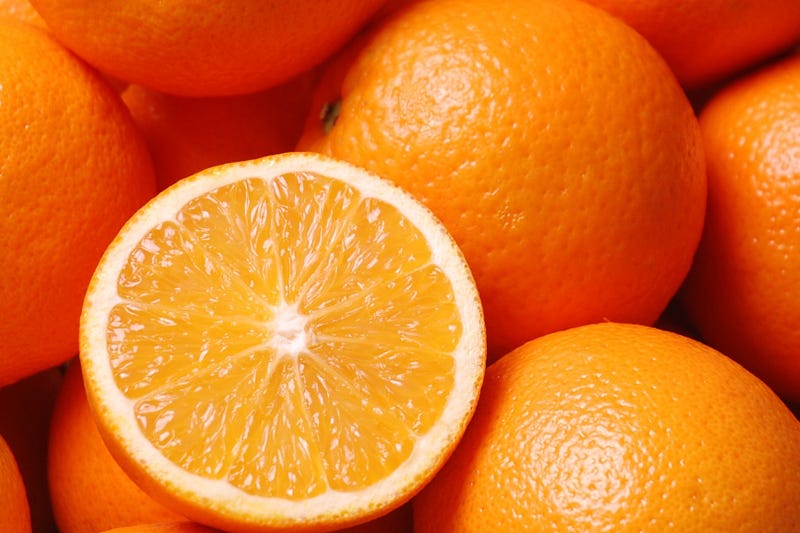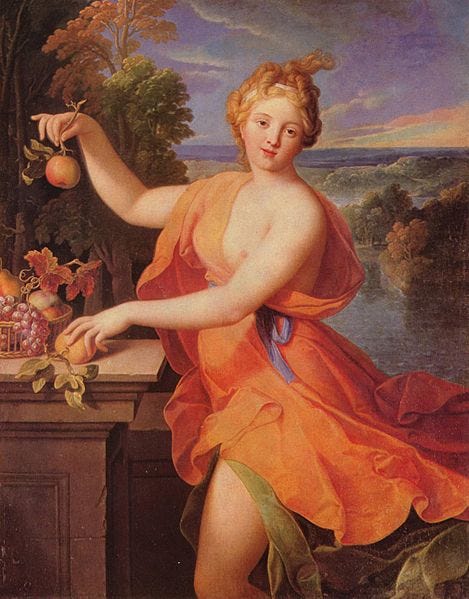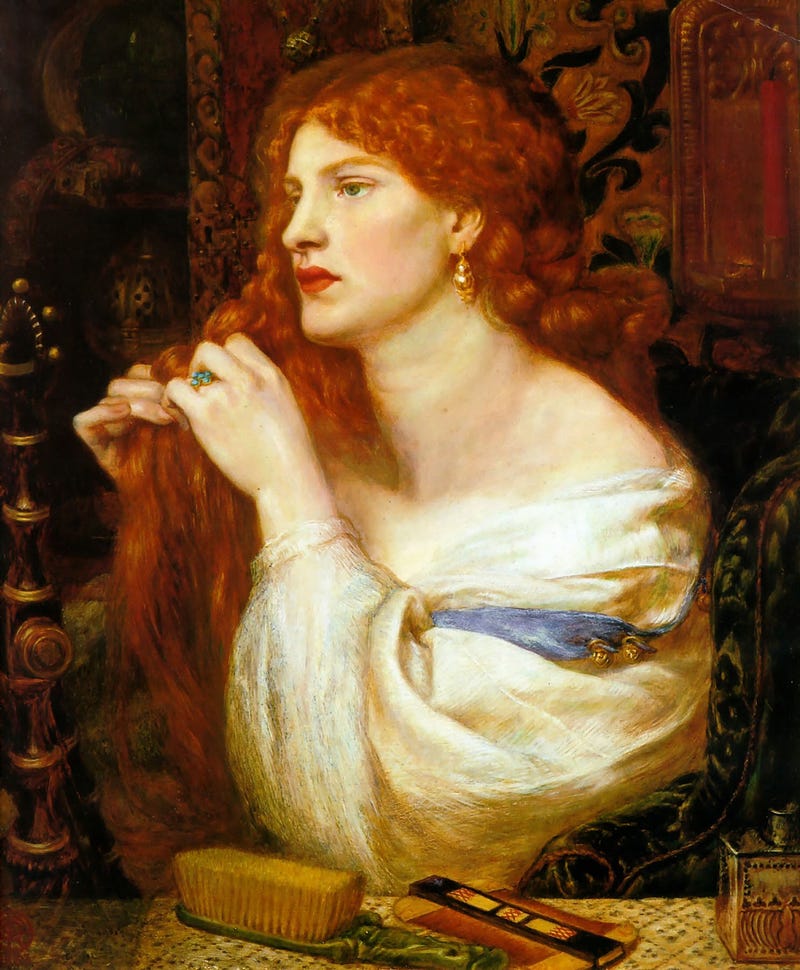The History Behind “ORANGE”!
ORANGE!




Before the fifteenth century, the color orange failed to have a reputation in Europe; it had been merely known as yellow-red. Portuguese merchants brought the primary orange trees to Europe from Asia within the late fifteenth and early sixteenth century, at the side of the Sanskritic language, naranga — which became ‘Naranja’ in Spanish and ‘laranja’ in Portuguese.
In English, the word ‘orange’ stems from the French and Anglo-Saxon orenge. The earliest recorded use of the word in English is from the thirteenth century and alludes to the fruit. In respect to the color, however, its earliest authenticated use is from the sixteenth century.
Orange and also the ancient world

Ancient Egyptian artists used associate degree orange mineral pigment known as a mineral for spot paintings. This soft, sectile mineral happens in monoclinic crystals, which might type into massive clusters of scarlet, semi-precious gemstones. An identical pigment was later used for coloring manuscripts by medieval artists.
Orange pigments were additionally created in precedent days from a mineral referred to as mineral, whose naturally golden-yellow hue created it of nice interest to alchemists; they conjectured it control the key to forming gold. the mineral was listed within the Roman Empire and was used as drugs in China despite its high arsenic content.
For centuries, the mineral was ground down and used as the pigment in painting and fixing. In fact, it had been one in every of the few clear, bright pigments on the market to artists till the nineteenth century, whose dawn saw the introduction of metal yellows, Cr yellows, and organic dye-based colors. once the nineteenth century, mineral became redundant as a result of its extreme toxicity and incompatibility with different common pigments, like verdigris and azurite.
In the 18th and 19th century
In 1797, French man of science prizefighter Vauquelin discovered the mineral crocoite, that light-emitting diode in 1809 to the arrival of the artificial pigment chrome orange. different artificial pigments, cobalt red, Co yellow and Co orange, made up of greenockite and metal selenite, before long followed. These new pigments and the invention of the metal paint tube in 1841 meant artists might paint outdoors and capture the colors of natural lightweight.
Pomona (pictured on top of in an exceedingly painting by Nicolas Fouché c.1700), the immortal of fruitful abundance, was typically portrayed in orange; her name derived from the Latin word pomon, that means fruit. because of the seventeenth century invention of the heated greenhouse, oranges themselves became additional common in northern Europe.
In the European country, orange became extremely popular with the Pre-Raphaelites, a bunch of English painters, poets, and critics, supported in 1848. The flowing red-orange hair of Elizabeth Siddal, the adult female of painter Dante archangel Pre-Raphaelite, became a logo of the Pre-Raphaelite movement. Prince Albert Joseph Moore painted gay scenes of Romans sporting bright orange cloaks brighter than any Roman would have worn.
French artists took orange in an exceedingly completely different direction. In 1872, Claude Monet painted Impression Sunrise within which a little orange sun is that the concentration of the image — its reflection illuminating the water’s surface. The painting gave its name to the impressionist movement.
Orange became a vital color for all the impressionist painters. Having studied recent books on color theory, they knew orange placed next to azure blue created each color seem a lot brighter. Auguste Pierre Auguste Renoir painted boats with stripes of chrome orange straight from the paint tube.
The post-impressionists went any with orange. the painter used orange as backgrounds, for the article of clothing and skin color, to fill his paintings with lightweight and strangeness.
But Vincent van Gogh was maybe the foremost prolific user of the color. Orange and yellow diagrammatical for van Gogh the pure daylight of Provence. He created his own oranges with mixtures of yellow, ochre and red. He places associate degree orange moon and stars in an exceedingly Co sky.
20th and 21st century
Today, orange is employed for a spread of various functions. Its high visibility makes it a preferred color for lifeboats and safety instrumentality like lifejackets and floatation devices. it’s additionally wide worn by cyclists and road staff to avoid being hit.

Crewmembers of the International satellite wear orange, and also the color features a political dimension — it is that the color of Christian democratic political ideology. Orange is additionally related to Protestantism; in Northern Ireland, for instance, it’s connected to the organization, a Protestant fraternal organization.
If you enjoyed reading regarding the color orange share to your friends!

Comments
Post a Comment